São Paulo Brazil is a city that stretches far beyond its fame as a busy business hub. It pulses with life in every corner, from towering skyscrapers to quiet alleyways where old cafés serve thick coffee with stories. I spent weeks walking, talking, and tasting my way through this enormous city’s neighborhoods. This guide shares what I found worth your time, plus some easy advice on moving around and what to try that might surprise you.
Table of Contents

City Bustle and Unexpected Calm
At first sight, São Paulo can feel overwhelming. The noise, traffic, and endless people might squeeze your breath. But if you look closer, you notice pockets of calm. I found one such spot in Ibirapuera Park, São Paulo’s biggest green space. It is a slice of nature inside the urban jungle where joggers and musicians meet. You might catch a sudden drum circle or a saxophone player under the trees. This mix of energy and ease feels like the city’s heartbeat.
For those interested in urban vibrant culture and parks, Vancouver’s unique mix of nature and city life offers a refreshing perspective.

The city center, especially around Avenida Paulista, showcases São Paulo’s modern face. Glass towers and flashy shops rise alongside museums and cultural centers. There, the São Paulo Museum of Art stands proud with its unique building held up by huge red pillars and impressive collections inside that stretch from Renaissance to Picasso. But don’t just visit for the art; listen to the street vendors selling coxinha and watch office workers relax with pints in the evening beer gardens.

Neighborhoods That Tell Their Own Stories
Each São Paulo neighborhood is a small world. Pinheiros is one place where old and new mix effortlessly. I wandered its side streets, discovering indie bookstores and burger joints with daring combinations like guava and cheese. Unlike the city center’s rush, Pinheiros felt like a place to slow down, chat with baristas, and people-watch while sipping a perfect cappuccino.
After exploring São Paulo’s lively neighborhoods, you might find it interesting to visit Belgrade, a city where history and modern life mix in a similarly vibrant way.
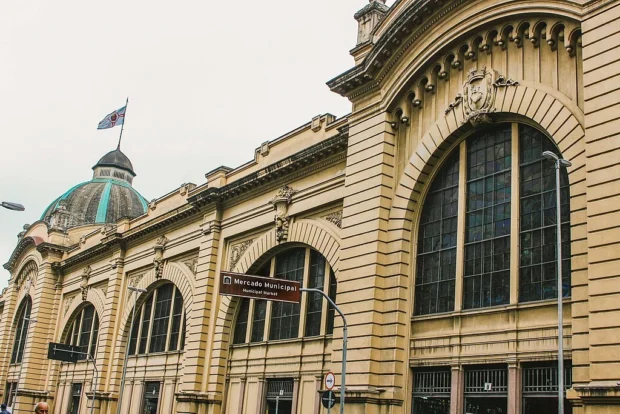
Further east, Vila Madalena is another favorite. Known for colorful street art and lively bars, it’s where young artists and musicians hang out. By day, the area feels like an outdoor gallery. At night, music spills from open doors, and laughter fills the air. I stumbled upon a small café here where the owner played homemade instruments and told tales about São Paulo’s samba roots.
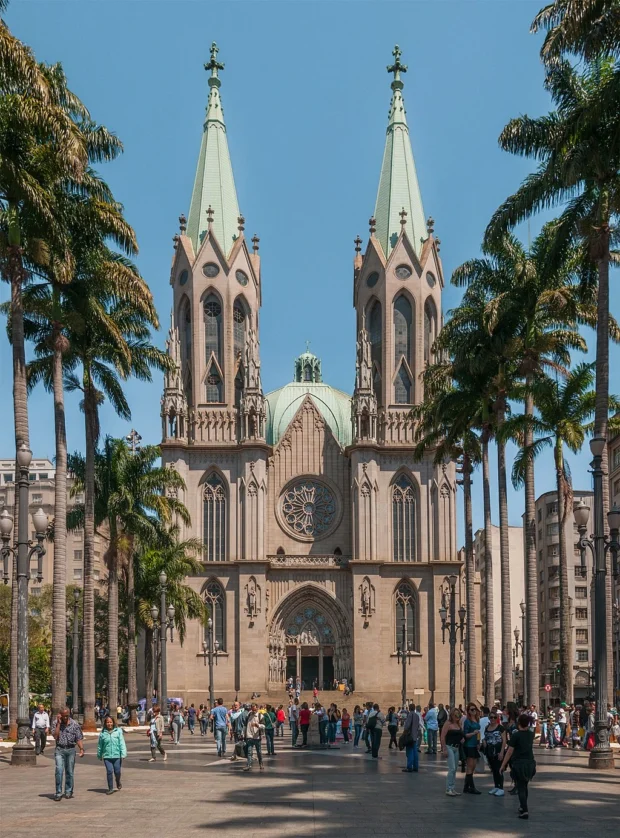
Food That Tells São Paulo’s Story
Now, let’s talk about food-a must-try mosaic of flavors born from Brazil’s diverse peoples. São Paulo is famous for its Italian influence, especially around the neighborhood of Bixiga. You’ll find large pizzerias serving spicy calabrese and gooey mozzarella. If you’re after fresh and bright tastes, try the pastel (fried pastry with filling) in the municipal market, a joyous chaos of colors and smells where vendors shout prices and push fresh produce.

Don’t miss trying feijoada, the national stew made from black beans and different pork cuts. It’s a slow-cooked feast that locals often enjoy as a soulful weekend lunch. For a quick snack, grab a pão de queijo-small cheese breads that are chewy and warm, popular all over the city but especially tasty in small bakeries in Liberdade, the district with a strong Japanese heritage.

Getting Around and Staying Comfortable
São Paulo’s public transport sounds scary to many, but it’s more than just buses and trains-it’s a lifeline through neighborhoods that stretch like rivers across the map. The metro is clean, safe, and connects you to key areas quickly, including the airport shuttle from Guarulhos Airport. I found the best way to travel is with a reusable transport card you can top up. Buses fill in the gaps for places the metro misses.

Where to stay? Avoid overwhelming yourself with choices. Pick neighborhoods like Jardins or Vila Mariana if you want calm nights after busy days. Smaller guesthouses and rental apartments abound, offering a more personal experience than big hotels. Many locals I met recommended areas where you walk to cafés and parks without needing a vehicle.
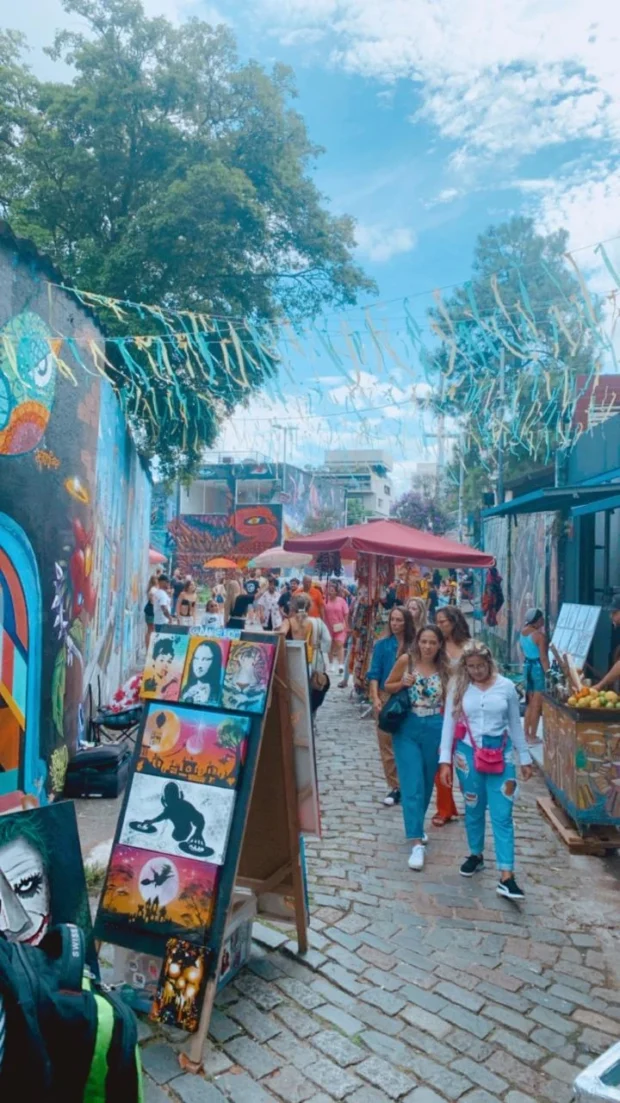
Culture, Manners, and Moving with the Crowd
People in São Paulo are friendly but fast-paced. They appreciate a warm “bom dia” (good morning) even if it’s rushed. When you meet someone, a light cheek kiss is common, even among men, but if you’re unsure, a handshake works fine. Public displays of affection aren’t big in some areas, so keep it modest. Also, don’t expect shops to open very early on Sundays-late mornings are better for relaxed strolling.

Street music is everywhere, not just planned concerts. Walk slowly near squares or markets, and you might hear a sudden samba beat or a flutist weaving melodies from a corner. This city eats with its ears as much as its mouth. Santana’s old workers’ clubs were birthplace to many samba legends. This spirit remains alive in hidden music bars where locals gather after dark.
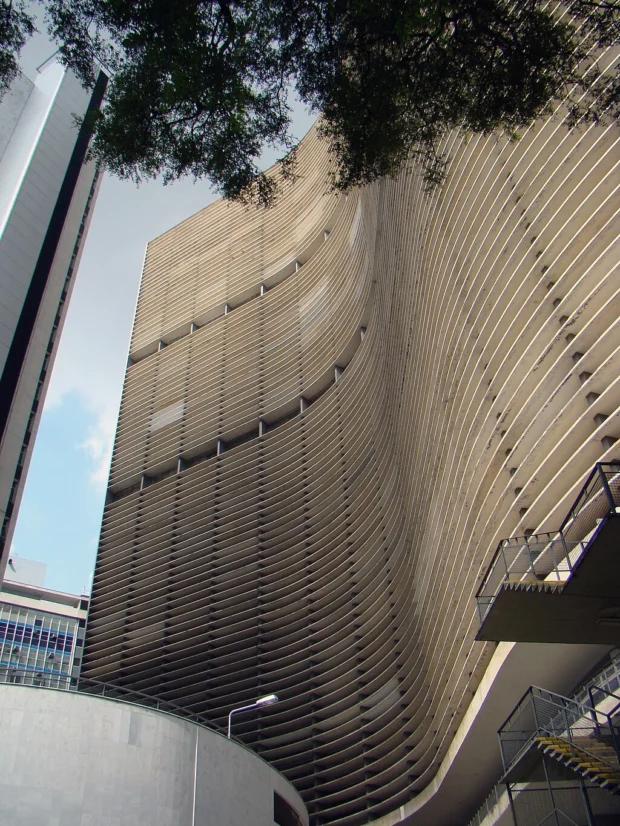
Surprises and Oddities Off the Beaten Path
I found a strong love for street art beyond Vila Madalena. In Beco do Batman, a narrow alley, every wall is a canvas screaming with colors and messages. It’s not just pretty; it’s a conversation between artists and the city. Nearby, small cafés serve the best cafézinho, a strong, sweet coffee served in tiny cups, perfect after long walks.
After enjoying São Paulo’s diverse neighborhoods and flavors, take a moment to appreciate the grandeur of Rio’s famous Christ the Redeemer statue and the stunning views from Corcovado Mountain.
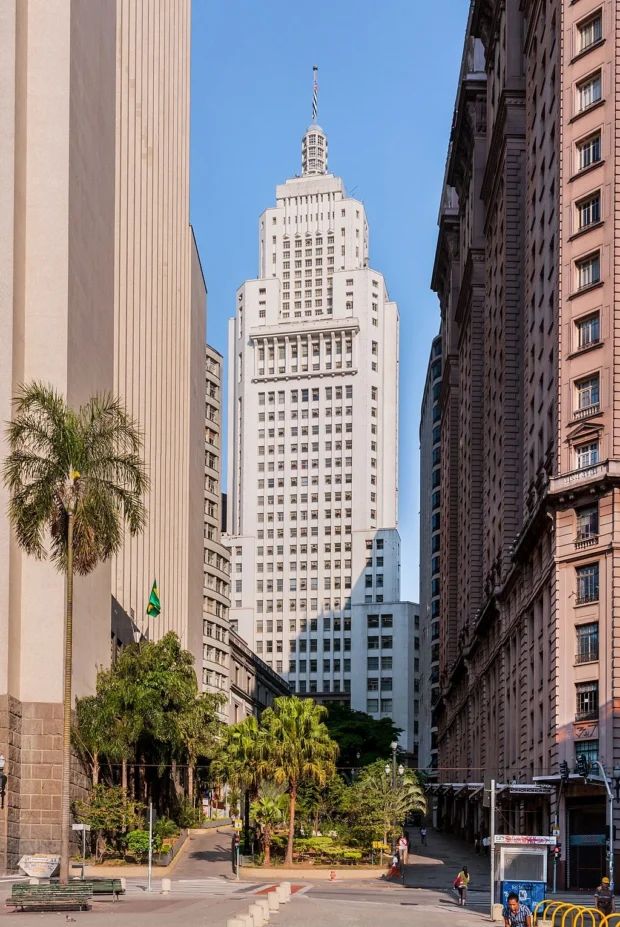
One surprise was the Mercado de Pulgas de São Paulo, a flea market bursting with odd objects from vinyl records to vintage cameras. It feels like stepping back in time and chatting with collectors who know every item’s story. Some even invite you to pick up and try old musical instruments they sell.
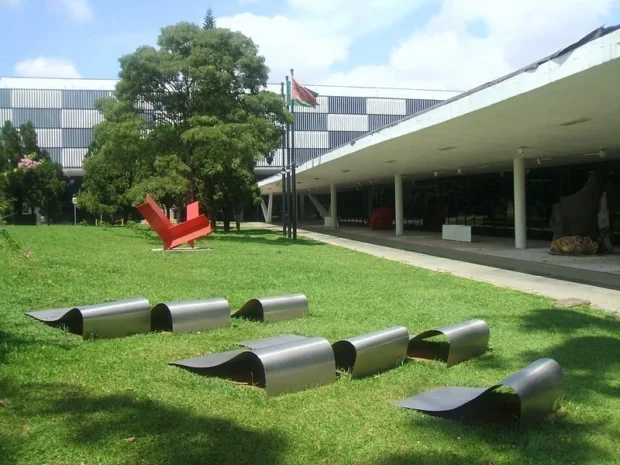
São Paulo Brazil is a city of contrasts where every visit offers a new discovery. Whether you love architecture, music, or food, this city welcomes curious souls ready to step beyond the guidebook pages. Pack comfortable shoes and an open mind-you’ll need both.
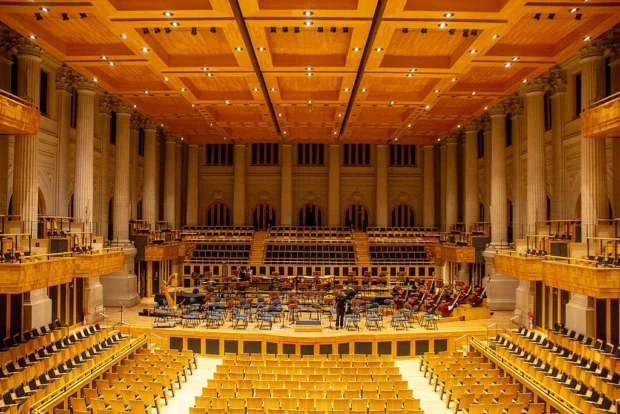

A digital nomad exploring cities across the globe, with a passion for local street food and hidden cafes.
- Webysther 20190306143154 – Catedral Metropolitana de São Paulo by Webysther Nunes on Wikimedia Commons – cc by-sa 4.0
- Auditório Ibirapuera Parque do Ibirapuera São Paulo 2019-6180 by Paul R. Burley on Wikimedia Commons – cc by-sa 4.0
- MASP – Museu de Arte de São Paulo (2022) by Pribruder on Wikimedia Commons – cc0
- At Paulista Avenue, São Paulo, Brazil 2018 018 by Photograph by Mike Peel (www.mikepeel.net). on Wikimedia Commons – cc by-sa 4.0
- Mercado Municipal – Entrada by Edilaine Fortunato on Wikimedia Commons – cc by-sa 4.0
- Catedral da Sé em São Paulo by Wilfredor on Wikimedia Commons – cc0
- Pinacoteca de São Paulo, Brazil by Wilfredor on Wikimedia Commons – cc by-sa 4.0
- Museu do Futebol, Sao Paulo 2017 070 by Photograph by Mike Peel (www.mikepeel.net). on Wikimedia Commons – cc by-sa 4.0
- Beco do batman carnaval by Geovannaantonioaluno on Wikimedia Commons – cc0
- Pátio do Colégio (17152396407) by Núcleo Editorial on Wikimedia Commons – cc by 2.0
- Edifício Copan (3408011258) by Rodrigo Soldon from Rio de Janeiro, Brazil on Wikimedia Commons – cc by 2.0
- Amélia Toledo – Sete ondas, 1995 by Dornicke on Wikimedia Commons – cc by-sa 3.0
- Sala São Paulo 2018 07 by Photograph by Mike Peel (www.mikepeel.net). on Wikimedia Commons – cc by-sa 4.0
